Sewing Machine could also be used as a token of love
日期:08-01-2017来源:World Expo Museum (WEM)In the 1930s and 1940s, when a Shanghai girl got married, it would be a big proud for the bride if a "Singer"’ Sewing Machine was included in her dowry. To 70s, the luxury dowry for "Paris Hilton" was known as "Three Rotation and One Sound" (Three Rotation referred to bicycle, sewing machine and watch, and One Sound referred to radio), wherein, sewing machine was still included in the dowry. Using sewing machine as dowry was a great pride and dignity to the bride’s family.
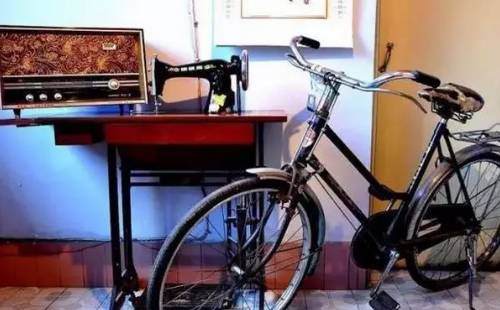
"Three Rotation and One Sound" in 1970s
Since being introduced to China, sewing machine was constantly generalized. Various advertisements were pouring out, and some school even emerged to teach how to use sewing machine.
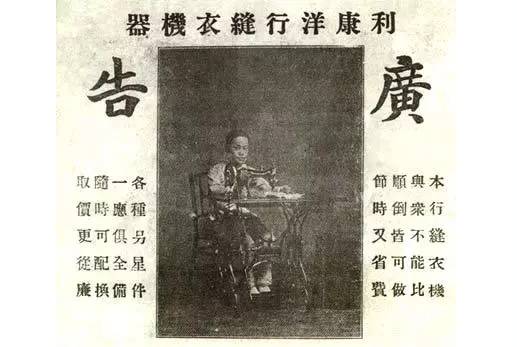
Advertisement flyleaf of Sander sewing machine

Advertising Text of Sander sewing machine
In WEM’s Permanent Exhibition Hall 2 titled "Moving with Progress", sewing machines are exhibited in form of 3D printing model.
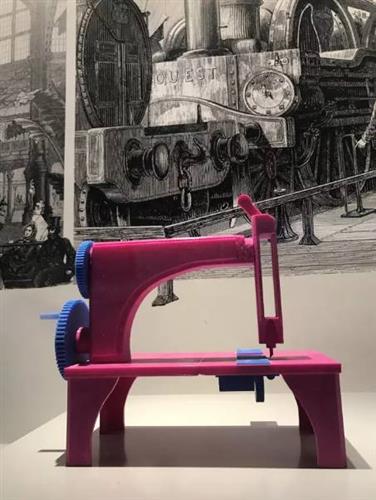
Then, when was sewing machine invented? What connection does it have with the World Expo?
World Expo and Sewing Machine
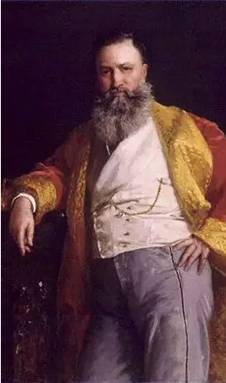
Singer, the creator of famous sewing machine brand "Singer"
· SINGER is the most popular brand of home-use sewing machine in the United States. In 1851, American inventor Singer named his sewing machine with his name, and promptly became the largest sewing machine manufacturer in the United Satesand opened up the European market.

New York’s 1853 Exhibition of the Industry of All Nations
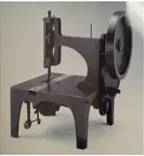
Hand Sewing Machine
In 1853, the first generation of Singer sewing machines was exhibited at New York Exhibition of the Industry of All Nations for the first time. It was a metal lock stitch hand sewing machine produced in 1851. In 1855, Singer sewing machine obtained an award at Expo 1855 Paris in France, which greatly improved Singer’s reputation. Singer’s products appeared at Comprehensive Industrial Pavilion for another time during Expo 1915 San Francisco. Followed, Singer’s products appeared at Expo 1933 Chicago. Singer sewing machines have appeared on the Expos for several times, and often brought people a pleasant surprise with improved technical features or fresh exhibition form.

Singer’s sewing machine in 1870
While improving its reputation, Singer Sewing Machine also introduced the costume cultures of different regions to the audience of various countries.
How was "the world's most famous machine" invented?
In fact, sewing machine had been invented earlier before Singer appeared.

The sewing machine made by American Elias Howe in 1845
In 1790, Englishman St. Thomas invented a hand sewing machine that first made holes, then threaded, and then sewed leather shoes. In 1830, a French tailor, Barthélemy Thimonnier, made a sewing machine, resulting in quicker and easier making of clothes. Almost at the same time, Elias Howe, born in Massachusetts of the United States, made a practical sewing machine in 1845. An American worker, Isaac Merritt Singer, produced another hand sewing machine in 1851. Singer named his sewing machine company after his own name, and since then, mass production and application of sewing machines were started.
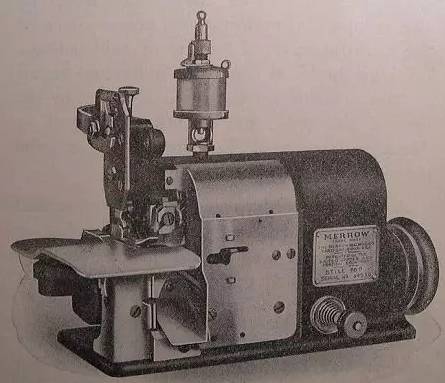
Improved sewing machine at early age
In the early 80s of last century, there were more than 3,000 kinds of sewing machines in the world, wherein 600 kinds were produced in factories.Up to now, various sewing machines have reached more than 6,000 types.
A sewing machine in romantic story
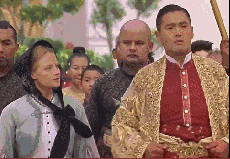
Movie titled Anna and the King
In the middle of 19th century, a British woman named Anna Leonowenswas invited to be a tutor of Siam King’s children, and followed, she started a love story with Siam King. After Anna got back to her country, she wrote her experience into a memoir. Later, British writer Margaret Landon changed the story into a novel namedAnna and the King of Siam in early 1940s. The movieAnna and the King of Siam acted by Chow Yun-Fat and Jodie Foster gives more romance to the story.

Poster ofAnna and the King of Siam acted by Chow Yun-Fat
It is said that Anna once gave a Singer sewing machine to the king of Siam.
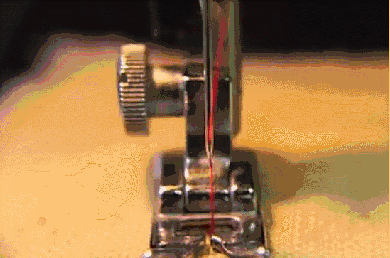
Sewing machine is the most important and the most widely used invention in garment industry, though it had gradually withdrawn from households, its emergence was still one of the most important impetus in the course of human development.